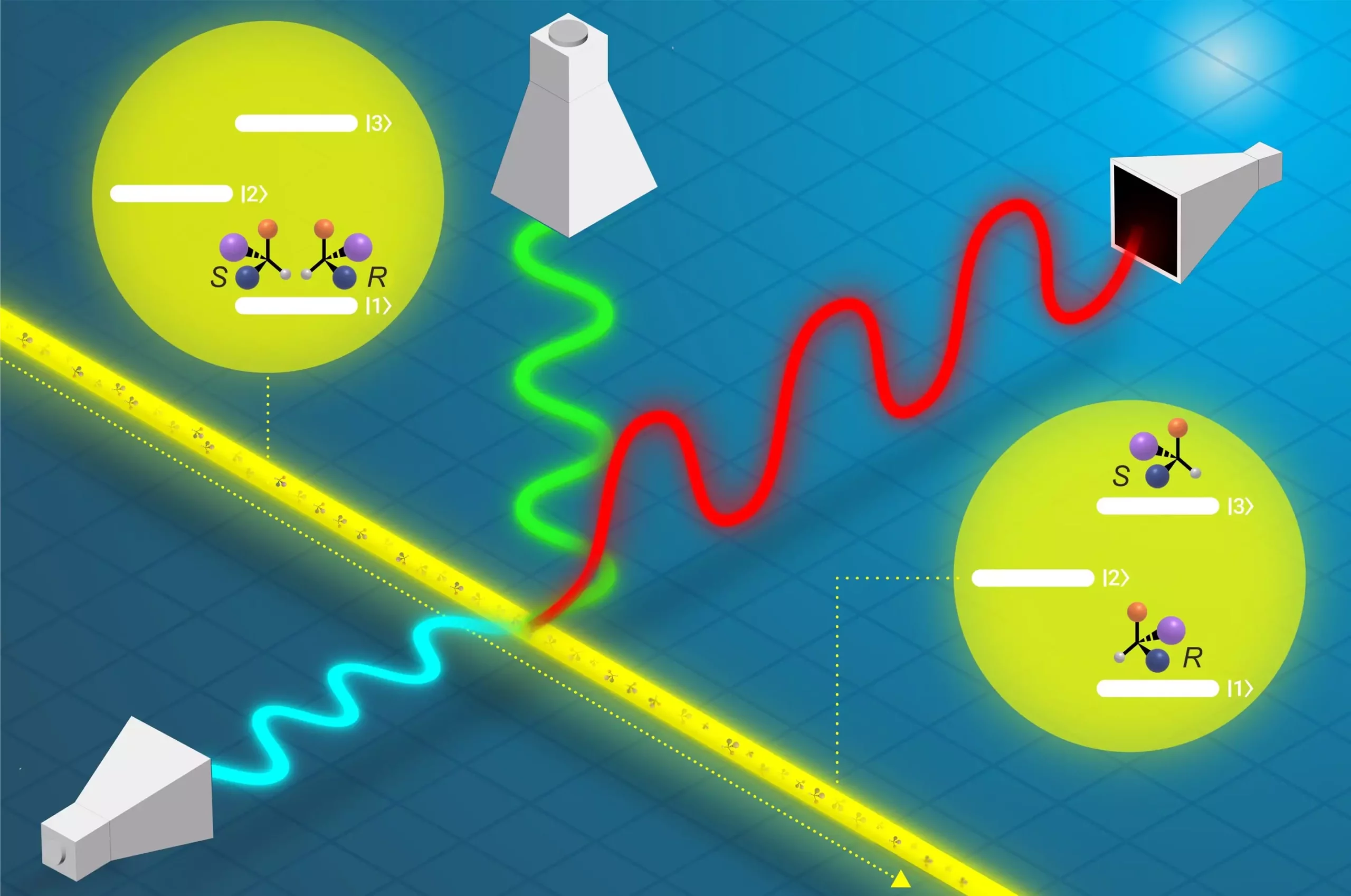A groundbreaking study conducted by the Controlled Molecules Group at the Fritz Haber Institute has shattered previous limitations in the field of chiral molecules. Led by Dr. Sandra Eibenberger-Arias, the team achieved near-complete separation in quantum states for these crucial components of life, challenging established beliefs and opening up new avenues for research in molecular physics and beyond.
Chiral molecules, existing as two mirror image versions known as enantiomers, play a vital role in life’s intricate framework. Similar to our left and right hands, these molecules possess properties that differentiate them from one another. The control of their quantum states carries immense significance, from spatial isolation of enantiomers in gas form to investigating the origins of homochirality in biological systems.
The team at the Fritz Haber Institute demonstrated the attainability of 96% purity in the quantum state of one enantiomer, positioning themselves remarkably close to the ultimate goal of 100% selectivity. Through the utilization of tailored microwave fields in conjunction with ultraviolet radiation, the researchers were able to exert unparalleled control over the molecules, marking a significant advancement in molecular beam experiments.
Exploring New Frontiers in Fundamental Physics and Chemistry
This breakthrough experiment not only allows for the selective transfer of nearly complete enantiomer-specific states but also introduces the possibility of studying parity violation in chiral molecules. A phenomenon only theorized before, this opens the door to a deeper understanding of the universe’s fundamental (a)symmetries, potentially revolutionizing our current perspectives on physics and chemistry.
Implications for Future Research and Applications
The implications of this discovery are vast, promising significant advancements in molecular physics and beyond. With the newfound ability to control quantum states of chiral molecules at such a high purity, researchers are now poised to explore novel research directions and potential applications previously deemed unattainable. This groundbreaking study is expected to catalyze important developments in the field, paving the way for innovative approaches and unforeseen discoveries.


Leave a Reply